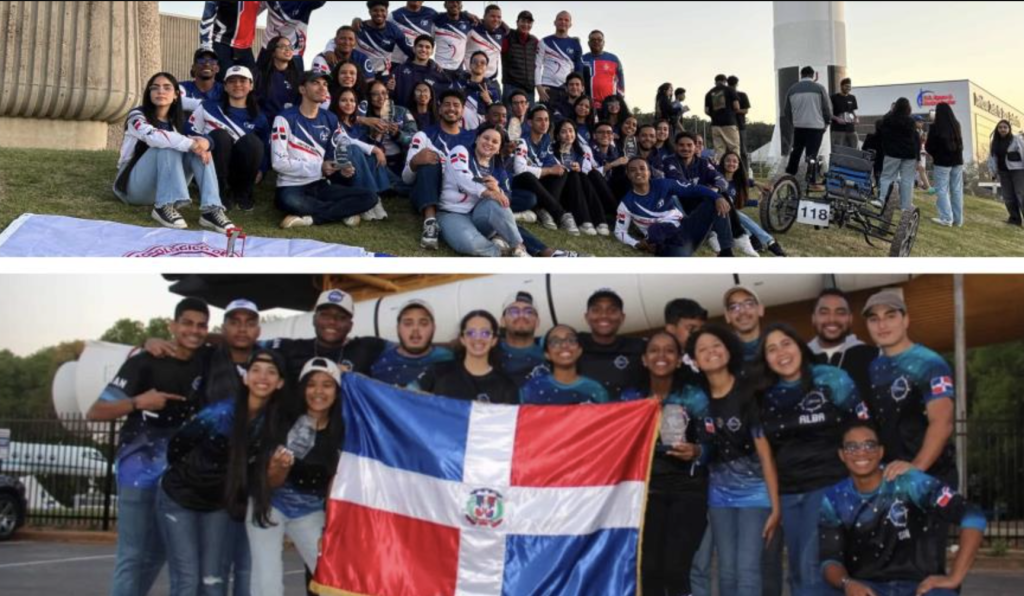
NASA has announced the winning student teams in the 2025 Human Exploration Rover Challenge and the Instituto Tecnologico de Santo Domingo (Intec) team is a big winner with five first places and one second place award. Two awards this year went to the Don Bosco polytechnical school in Santo Domingo.
This year’s competition challenged teams to design, build, and test a lunar rover powered by either human pilots or remote control.
The awards won by Intec were:
First place Remote-Control College/University Division title
Second place in the Human-Powered College/University Division
Task Challenge Award / Remote-Control in the College/University Division
Project Review Award in the Remote-Control in the College/University Division
Team Spirit Award in the Human-Powered Division
STEM Engagement Award Human-Powered in the College/University Division
The Instituto Salesiano Don Bosco won:
Stem Engagement Award. Remote-Control Middle School/High School Division
Social Media Award. Remote-Control, Middle School/High School Division
The annual engineering competition – one of NASA’s longest-standing student challenges – wrapped up on 11 and 12 April 2025 at the U.S. Space & Rocket Center in Huntsville, Alabama, near NASA’s Marshall Space Flight Center.
More than 500 students with 75 teams from around the world participated in the 31st year of the competition. Participating teams represented 35 colleges and universities, 38 high schools, and two middle schools from 20 states, Puerto Rico, and 16 countries, including the Dominican Republic. Teams were awarded points based on navigating a half-mile obstacle course, conducting mission-specific task challenges, and completing multiple safety and design reviews with NASA engineers.
NASA expanded the 2025 challenge to include a remote-control division, Remote-Operated Vehicular Research, and invited middle school students to participate. The Don Bosco high school took the challenge and returned home with two awards.
“This student design challenge encourages the next generation of scientists and engineers to engage in the design process by providing innovative concepts and unique perspectives,” said Vemitra Alexander, who leads the challenge for NASA’s Office of STEM Engagement at Marshall. “This challenge also continues NASA’s legacy of providing valuable experiences to students who may be responsible for planning future space missions, including crewed missions to other worlds.”
The rover challenge is one of NASA’s eight Artemis Student Challenges reflecting the goals of the Artemis campaign, which will land Americans on the Moon while establishing a long-term presence for science and exploration, preparing for future human missions to Mars. NASA uses such challenges to encourage students to pursue degrees and careers in the fields of science, technology, engineering, and mathematics.
The competition is managed by NASA’s Southeast Regional Office of STEM Engagement at Marshall. Since its inception in 1994, more than 15,000 students have participated – with many former students now working at NASA, or within the aerospace industry.
Read more:
NASA
NASA
Diario Libre
15 April 2025

